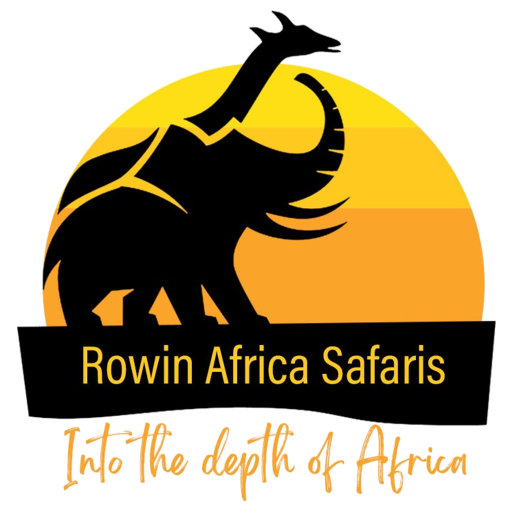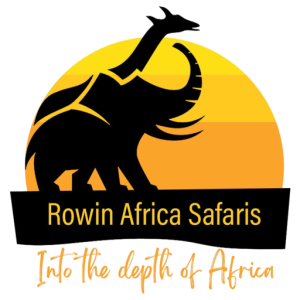The second-biggest National Park in Africa, Nyerere National Park is not only the largest National Park in Tanzania but also the largest National Park in East Africa. In honor of the late Mwalimu Julius Kambarage Nyerere, who helped create the nation, the park was given the name Mwalimu Julius Kambarage Nyerere Park. 2019 saw the establishment of the Park, which spans an area of more than 30,000 square kilometers. A diversity of species with significant predator-prey interactions may be found in Nyerere National Park, the biggest wilderness region in East Africa, together with mostly unaffected ecological and biological processes.
Attractions in Nyerere National Park
At Nyerere National Park, you may see elephants, cape buffaloes, lions, hippos, leopards, wild dogs, zebras, beautiful sable antelopes, giraffes, hyenas, wildebeest, gazelles, and many more species. The African fish eagle, Malachite Kingfisher, African Skimmer, and Bohm’s Bee-eater are just a few of the more than 400 bird species that have been identified in the park. The park is filled with Miombo woods and Savannah grasslands.
The park’s physical features, such as the Rufiji River, its lakes, its greenery, etc., serve as additional attractions for visitors.
Activities to do in Nyerere National Park
Visitors may take part in a number of exciting activities in Nyerere National Park. The most exciting of all must be the River Boat Safari, which entails seeing animals from the luxury of a boat while exploring channels, lagoons, and wetlands along portions of the Rufiji River. This unusual activity is incredibly well-liked and is a fantastic way to explore the park.
An additional intriguing experience is touring a traditional village. The tour to the village offers visitors a fascinating cultural insight into the distinctive way of life of those who reside close to the park. Among the many activities accessible to park visitors are romantic bush lunches, sundowners, and nature hikes.
Boat safari
Nyerere National Park offers lovely boat excursions on the reserve’s numerous canals and lakes. On your boat safari adventure in this park, there is a good chance you’ll see hippos, crocodiles, and potentially other species. A number of birds may also be spotted (around 40 different species).
A boat safari may be taken in the morning or the afternoon and lasts around two hours. Although the light is beautiful in the morning (unless it’s cloudy), there is a greater probability of seeing crocodiles in the afternoon due to the higher temperatures. A common choice is to go for a morning stroll at 6:30 am and then a boat safari at 10:00 am. An afternoon boat safari has the benefit of allowing for sailing at dusk.
Game drives
Excellent game watching is available all year long at Nyerere National Park. You may go on a game drive in the morning or the afternoon and take in the beautiful surroundings while watching the many animal species wander the park and the areas near water sources like the Rufiji River. It’s possible to view animals like giraffes, zebras, and cape buffaloes as well as birds like the African fish eagle.
Walking safaris
When you stroll around the park’s walkways and get up up and personal with Mother Nature, take fantastic pictures of the surroundings, different bird species, and animals. To protect your safety, this is carried out with the aid of a knowledgeable, armed game warden.
Cultural tour to Nyerere national park
Discover the Masaai tribe, who occupy the majority of Tanzania’s national parks. Throughout your journey, you will interact with the Masaai people and gain an insight of their unique traditions and way of life.
Nyerere National Park Accommodation
Among the places to stay while on a safari are Serena Mivumo River Lodge, Selous Serena Camp, Mbuyu Safari Camp, Beho Beho Camp, Stiegler’s Gorge Camp, Rufiji River Camp, and Sand Rivers.
Best Time To Visit Nyerere National Park
From July through October, Nyerere National Park offers the best chances to see wildlife. During this “dry” season, game tends to congregate around rivers and lakes, greatly simplifying viewing. Because of how scarce and dry the forest is, the herds congregate in search of water, which greatly simplifies game viewing. If you enjoy watching birds, you should know that the best months to do so are from November through March.


